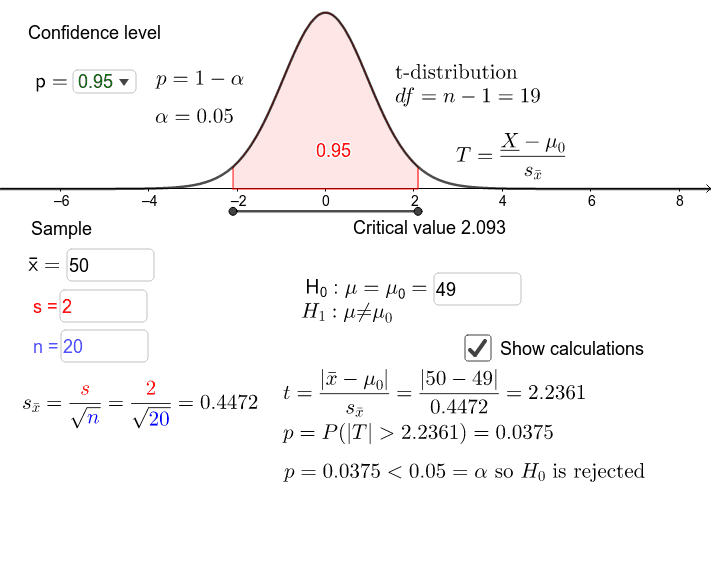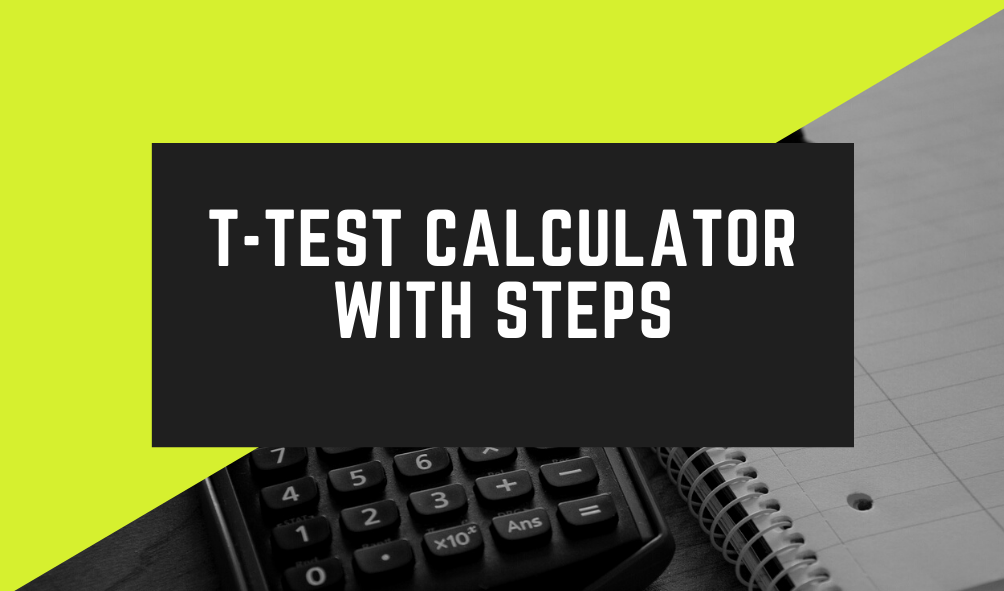

#LEFT TAILED HYPOTHESIS TEST CALCULATOR SOFTWARE#
It can be shown using statistical software that the P-value is 0.0127.

The P-value is therefore the area under a t n - 1 = t 14 curve and to the left of the test statistic t* = -2.5. The P-value for conducting the left-tailed test H 0 : μ = 3 versus H A : μ < 3 is the probability that we would observe a test statistic less than t* = -2.5 if the population mean μ really were 3. In our example concerning the mean grade point average, suppose that our random sample of n = 15 students majoring in mathematics yields a test statistic t* instead equaling -2.5. Note that we would not reject H 0 : μ = 3 in favor of H A : μ > 3 if we lowered our willingness to make a Type I error to \(\alpha\) = 0.01 instead, as the P-value, 0.0127, is then greater than \(\alpha\) = 0.01. That is, since the P-value, 0.0127, is less than \(\alpha\) = 0.05, we reject the null hypothesis H 0 : μ = 3 in favor of the alternative hypothesis H A : μ > 3. Therefore, our initial assumption that the null hypothesis is true must be incorrect. The P-value, 0.0127, tells us it is "unlikely" that we would observe such an extreme test statistic t* in the direction of H A if the null hypothesis were true. The P-value is therefore the area under a t n - 1 = t 14 curve and to the right of the test statistic t* = 2.5. Recall that probability equals the area under the probability curve. The P-value for conducting the right-tailed test H 0 : μ = 3 versus H A : μ > 3 is the probability that we would observe a test statistic greater than t* = 2.5 if the population mean \(\mu\) really were 3. Also, suppose we set our significance level α at 0.05, so that we have only a 5% chance of making a Type I error. Since n = 15, our test statistic t* has n - 1 = 14 degrees of freedom. In our example concerning the mean grade point average, suppose that our random sample of n = 15 students majoring in mathematics yields a test statistic t* equaling 2.5. If the P-value is greater than \(\alpha\), do not reject the null hypothesis. If the P-value is less than (or equal to) \(\alpha\), reject the null hypothesis in favor of the alternative hypothesis.


 0 kommentar(er)
0 kommentar(er)
